The first Carnival of Cultures took place in 1996. Based on the principles of openness and diversity, it was a reaction against nationalism and racism in Germany in the 90s.
It provides a platform for minorities to show off their culture in one of the most international cities in the world.
Last year the festival attracted a whopping 1.4 million culture-vultures with its music, dance, and colourful costumes. Different cultural identities will all be on show in a “space of expression open to all”.
Over a thousand musicians and artists will be taking part from Friday through to Monday, but here are the picks of the weekend that definitely shouldn’t be missed:
1) Parade – the main highlight of the festival is the huge parade through Berlin on the Sunday that turns the Kreuzberg district into a vibrant collage of different cultures, as a procession of artists and musicians dazzle the crowds with a plethora of colour, music, and dance. From Hermanplatz, Neukölln to Yorkstraße, Kreuzberg, Sunday 12-9pm.
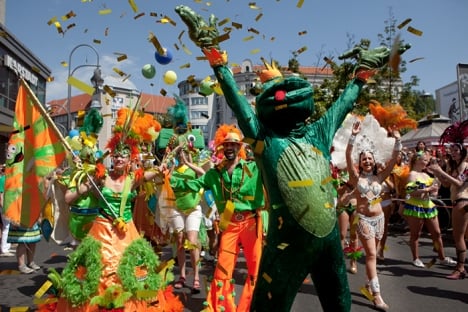
2) Farafina – If African grooves are your thing then the Farafina stage is the place to be. Named after the famous band from Burkina Faso, this stage will be offering everything African, from afrobeat to highlife and everything in between. Blücherplatz, Kreuzberg: Fri-Mon.
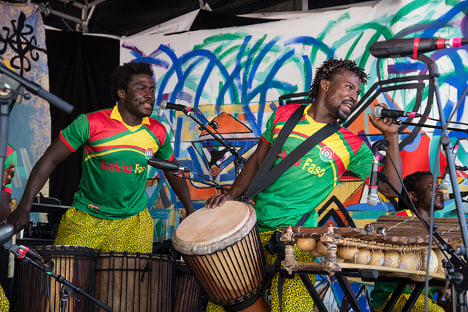
3) Interactive Workshops – If you're the type who likes to get involved and give things a go, then head on down to Rasen in Aktion, where you will find an array of all things interactive. Whether you want to dance the night away, do something hands-on, or just bash a drum to your heart's content, then this is just the thing for you. Blücherplatz, Kreuzberg Fri-Mon afternoons and early evenings.
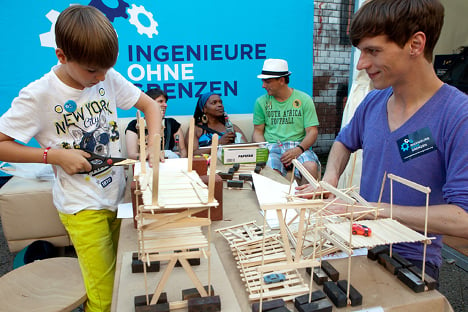
4) Swing and Wine Avenue – One of the many “music corners” of the festival with more secluded areas, smaller stages and chillout spaces. This particular one offers the genius combination of electro swing and lots of wine. Zossener Straße, Kreuzberg.
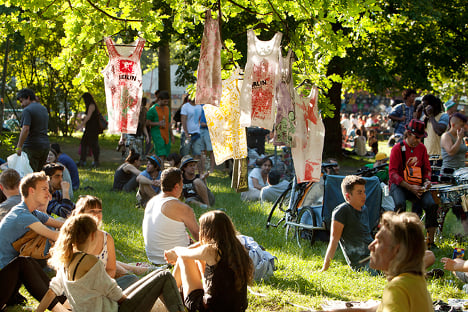
5) Latinauta – This stage will takes care of all your latin music needs. Expect Rio carneval, salsa, samba, latin jazz, and Cuban rhythms, as well as an endless list of fusions and much more. Corner of Zossener Straße, Kreuzberg, Fri-Mon.
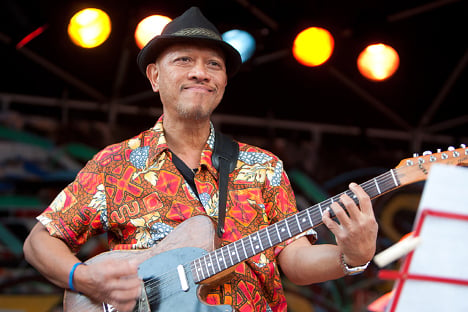
6) Food stalls – Berlin is a somewhat of a melting pot when it comes to food from the four corners of the globe, but the selection of food stalls should take things to the next level. A special jury selects the best ones each year, so they will be fiercely competing to excite your taste buds. Everywhere, all day Fri-Mon.
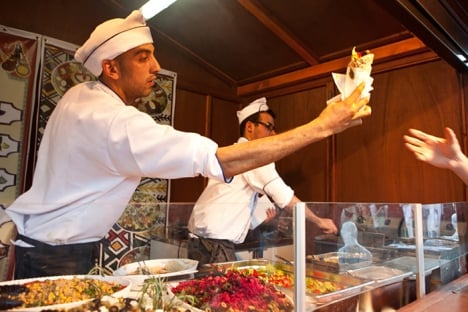
The festival starts on Friday and runs all the way until Monday.

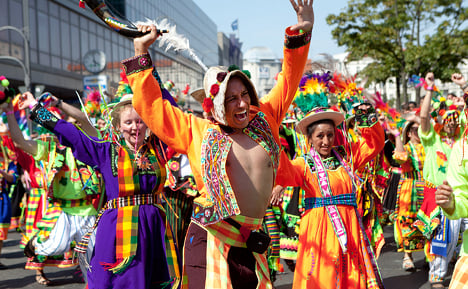

 Please whitelist us to continue reading.
Please whitelist us to continue reading.
Member comments